QUEZON CITY, September 29, 2022 – Cordillera Administrative Region is the last region to complete the entire leg of the Program Management Office (PMO) field study, which aims to analyze existing management structures and systems crafted by different regional support offices of the Department of Agriculture – Special Area for Agricultural Development (DA-SAAD) Program – Phase 1 implementation.
PMO study
The PMO study looks into the internal management structure, involving the staff, their environment, tasks delegation, processes in the office, and execution of services. It involves two main activities as instruments to deduce good practices as well as hindrances in the program management operations. These are the focused group discussion (FGD) where the whole SAAD staff is gathered to discuss their structure and processes, and the Key Informant Interview (KII) involving a few selected (usually per operating unit) implementers undergoing a more thorough interview.
Behind the program milestones throughout the six-year implementation in Phase 1, SAAD’s structure among its support units varies depending on its DA regional and provincial jurisdictions. While the SAAD National Program Management Office (NPMO) has a recommended organizational structure that is designed to respond to SAAD’s functions, the support offices have the liberty to modify it according to resources and policies in the regions.
This means that SAAD’s organizational structures are unique per support office, which naturally has its strengths and points of improvement. These differences call for a more solid organizational composition given the program’s extension for the next six years, with the goal to provide a more clear delegation and smoother implementation on the ground.
The study that gathered data on good practices, scope and limitation of tasks and human resources vis-a-vis expected deliverables, as well as working conditions are deemed necessary for a more effective rendering of services to the beneficiaries in the targeted areas. This is crucial as the support offices serve as a hub for development workers, and most often, a home to implementers at the frontline of SAAD’s field operations.
In development programs, the manner in which communities are approached, as well as the synergy of institutions, or complementation and adoption of projects is the measurement of the program’s success in operations. However, the organizational structure serving as trestles that hold the weight of said operations should also be given serious thought and enough strategizing preceding effective implementation and impact. This structure as the only tool of the overall operations requires those inside it to have clear, defined delegations, serve as a safe shelter and equipped working environment, practicing lawful treatment and compensation.
Going back to the primary goal of the program, to help alleviate poverty in the poorest areas in the country, the nature of the covered provinces and beneficiaries requires extensive localized supervision. Targeting the marginalized beneficiaries in rural areas introduces more complicated circumstances than targeting the urban poor or rural lowlanders. The program faces unanticipated situations such as peace and order issues, climate change, or human-mediated challenges that affect not only the beneficiaries but the projects implemented in the areas.
These farmers and fishers residing in Geographically Isolated and Disadvantaged Areas (GIDAs), End Local Communist Armed Conflict (ELCAC) areas, far-flung and typically unreached by basic social services, or the DA’s regular programs usually don’t have accessible roads or means of transport having been located in isolated islands or mountainous areas. Considering SAAD’s four (4) components, the responsibility to ensure each association will go under these processes (such as social preparation, specialized training, production, and marketing activity), falls on the shoulders of the program’s municipal staff.
A strong PMO structure is expected to foster accountability and encourage a healthy and just working environment for the development workers in SAAD provinces and municipalities. This also secures clarity of tasks’ scope and limits and distribution of responsibilities given to technically-equipped and capable workers who directly interact with the beneficiaries on the field.
As of the moment, preliminary data shows that 87.5% of the SAAD staff comprising the 11 regional support offices, and under them, 30 provincial support offices (535 total respondents for FGD and KII) said that they have an existing PMO organizational structure, while 65% deemed this structure efficient enough to deliver the requirements and operations of the project. Some of the factors that hamper the implementation are lack of manpower, imbalanced workload, coordination issues inside and outside the units and offices, and management issues.
The study which began in March 2022 will commence in October of the same year and will be the basis of an improved organizational structure recommendation of the NPMO to its RPMSOs and PPMSOs. A handbook on PMO guidelines for the support offices to use shall be published in December 2022. ###
Writer: Jessamae Gabon, DA-SAAD NPMO Information Officer
Sources: DA-SAAD PMO Team, DA-SAAD PM&E Unit

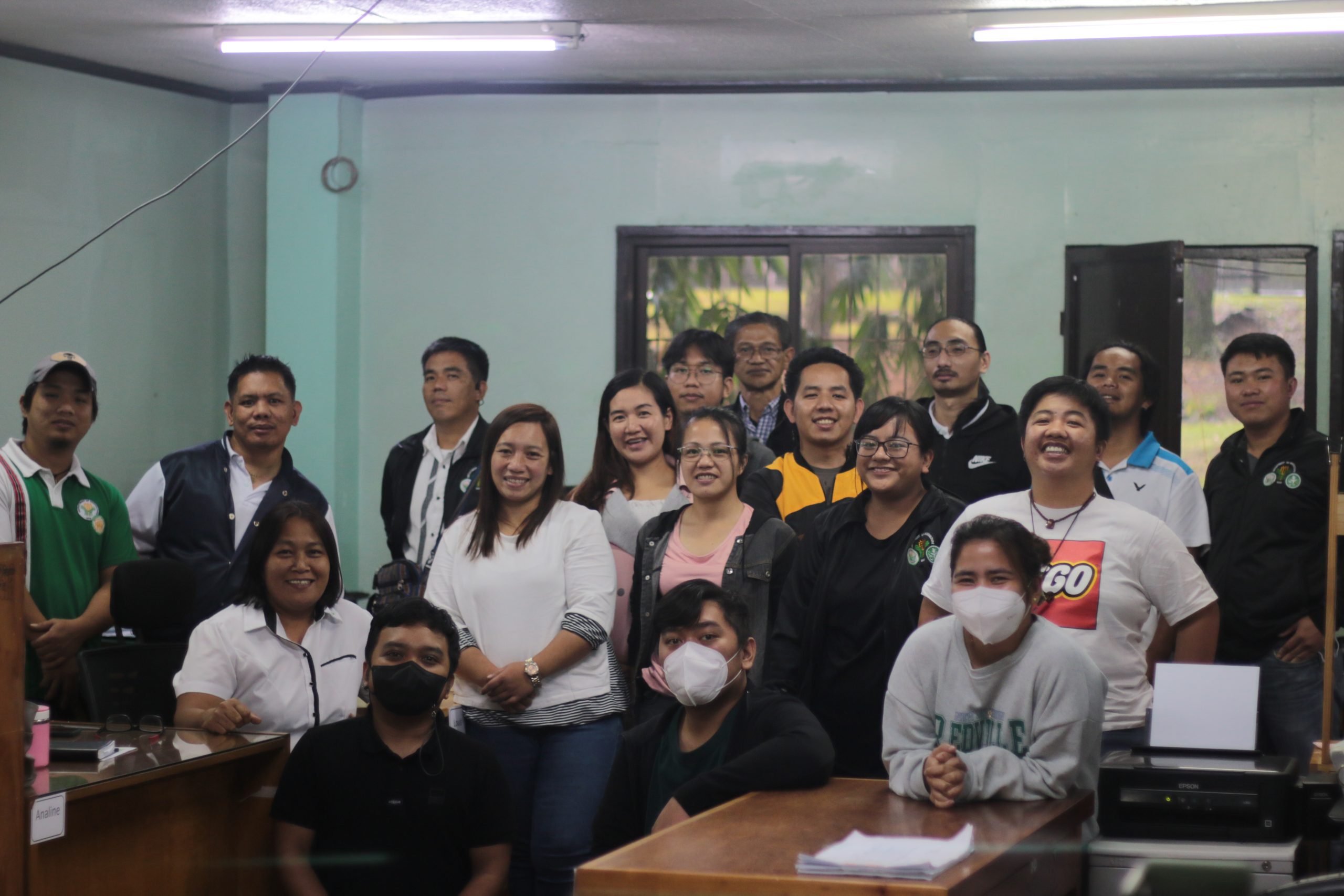
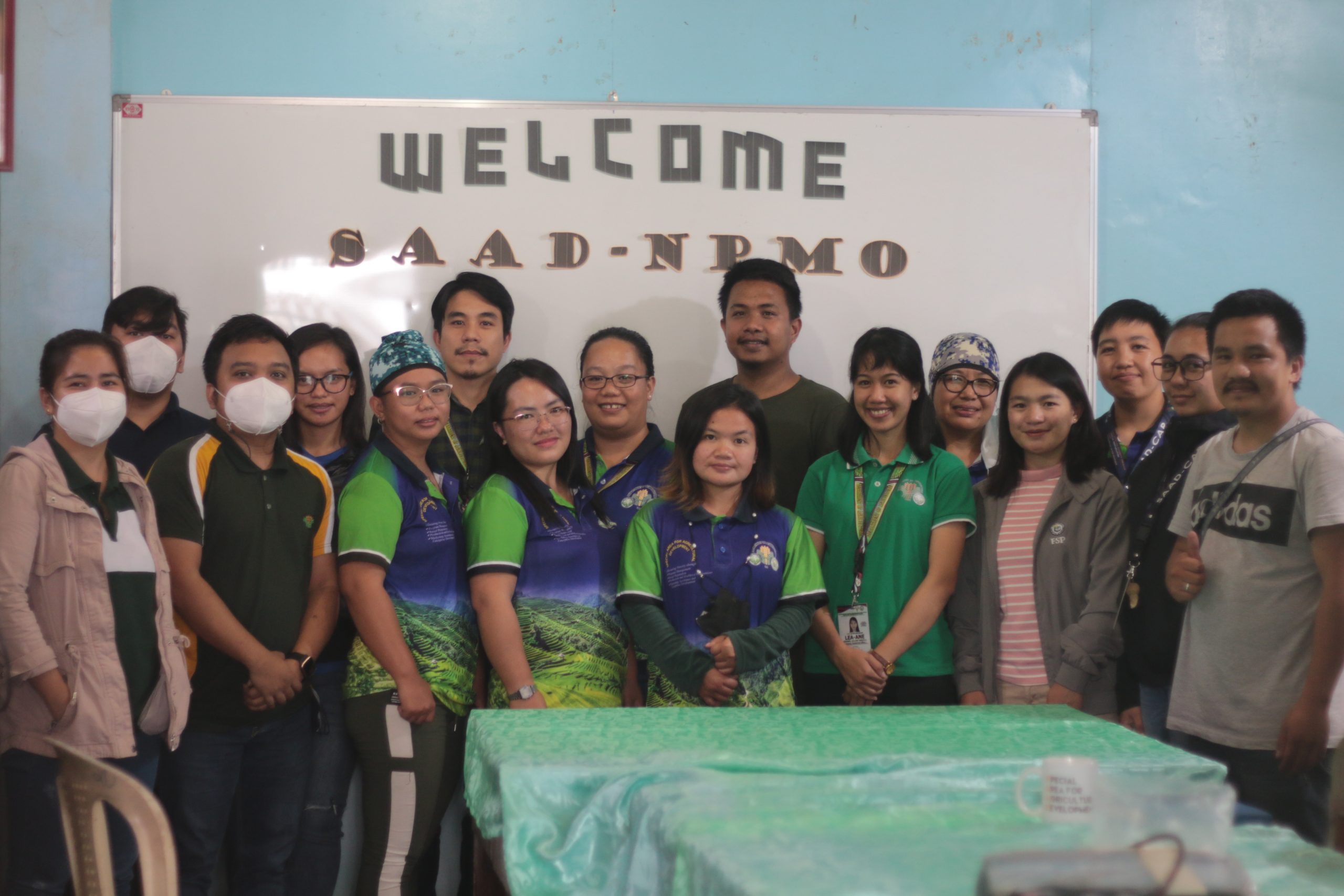
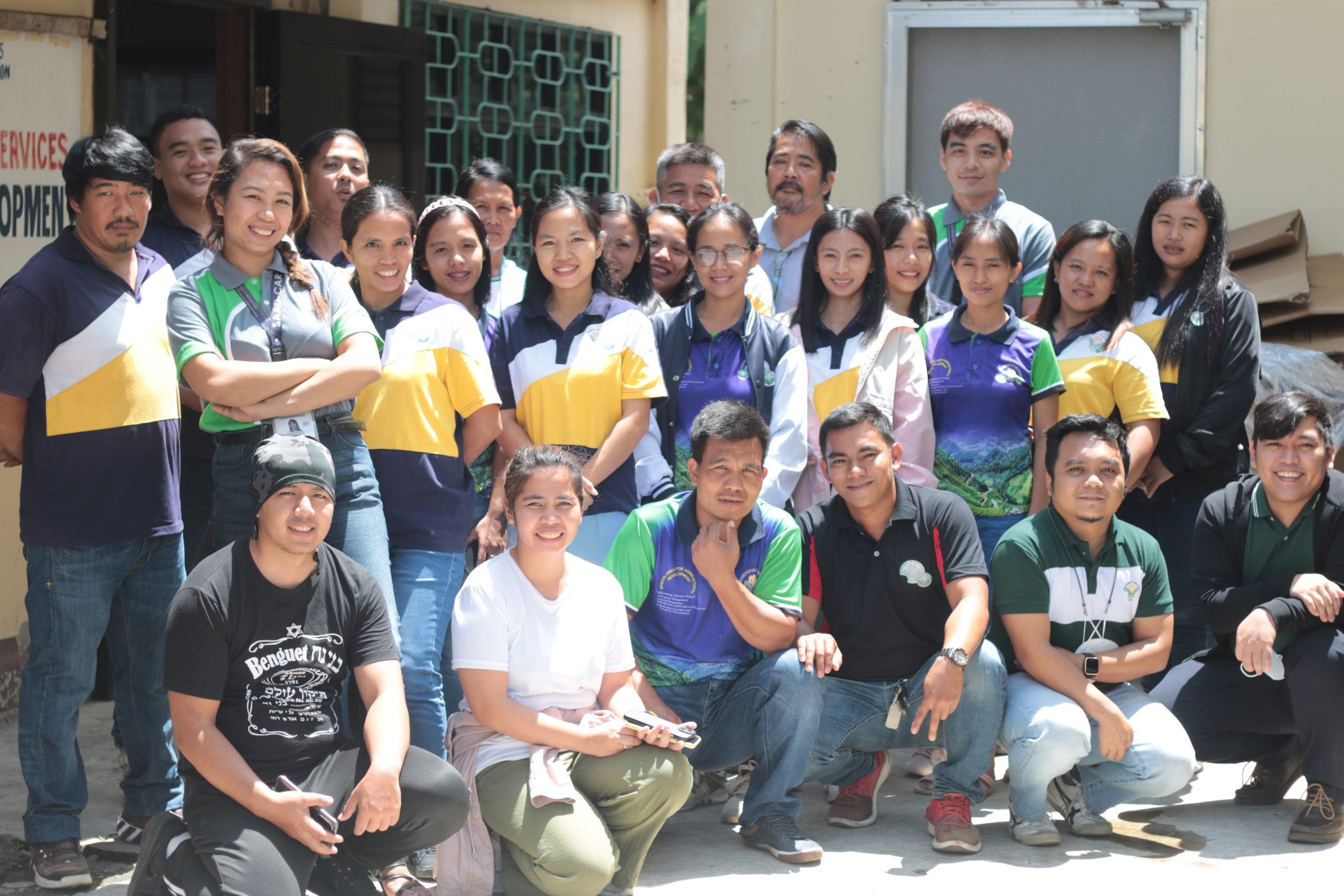
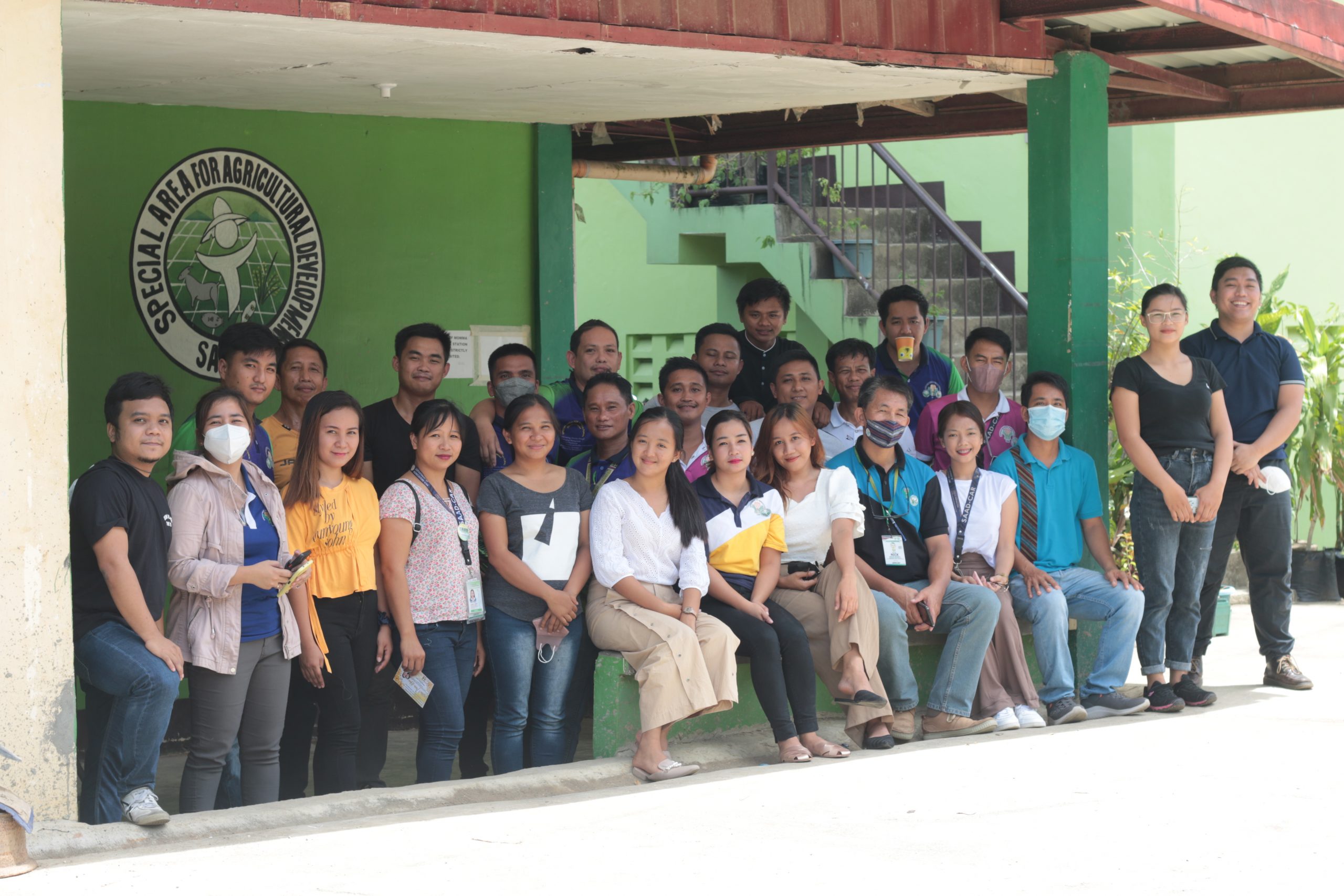
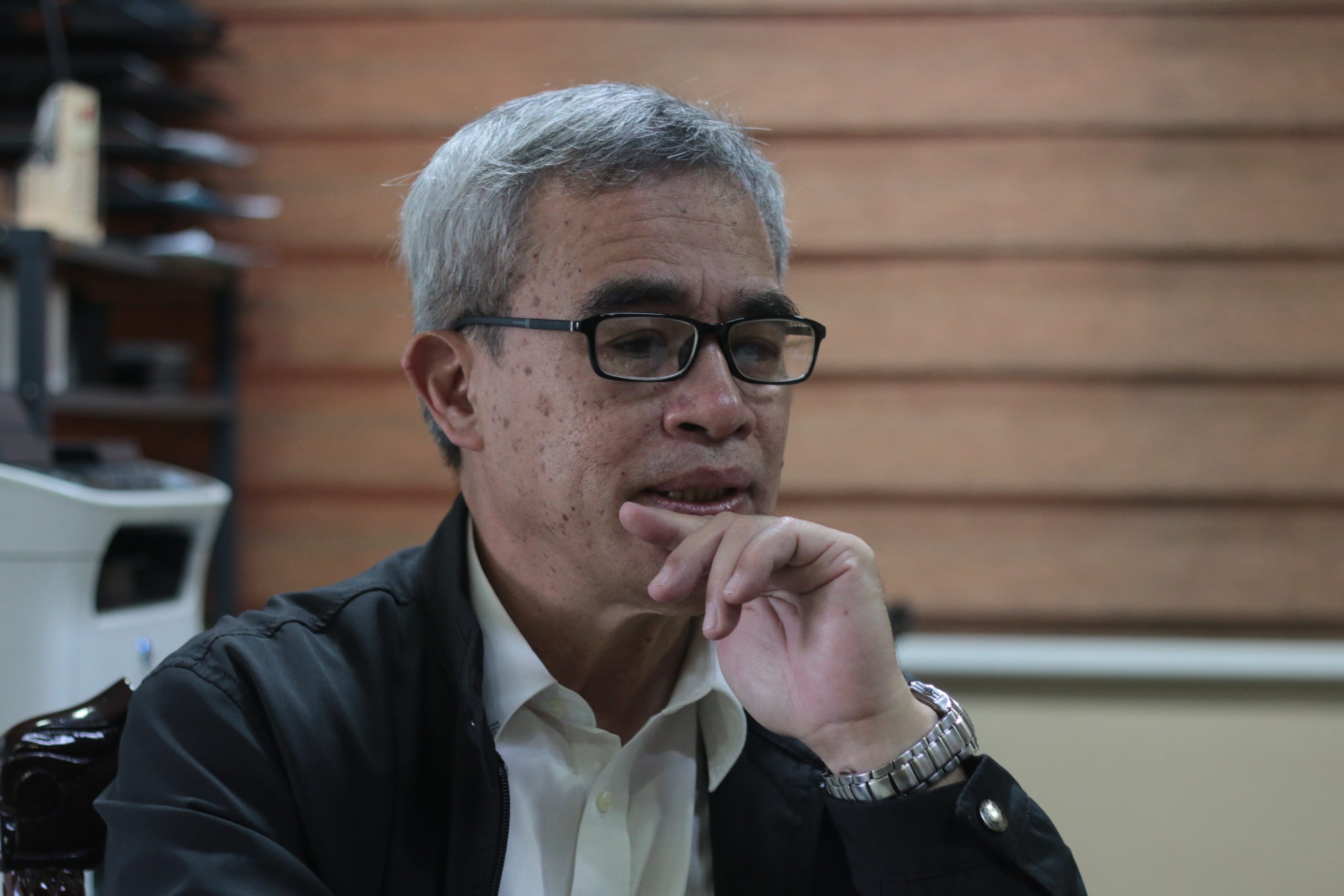
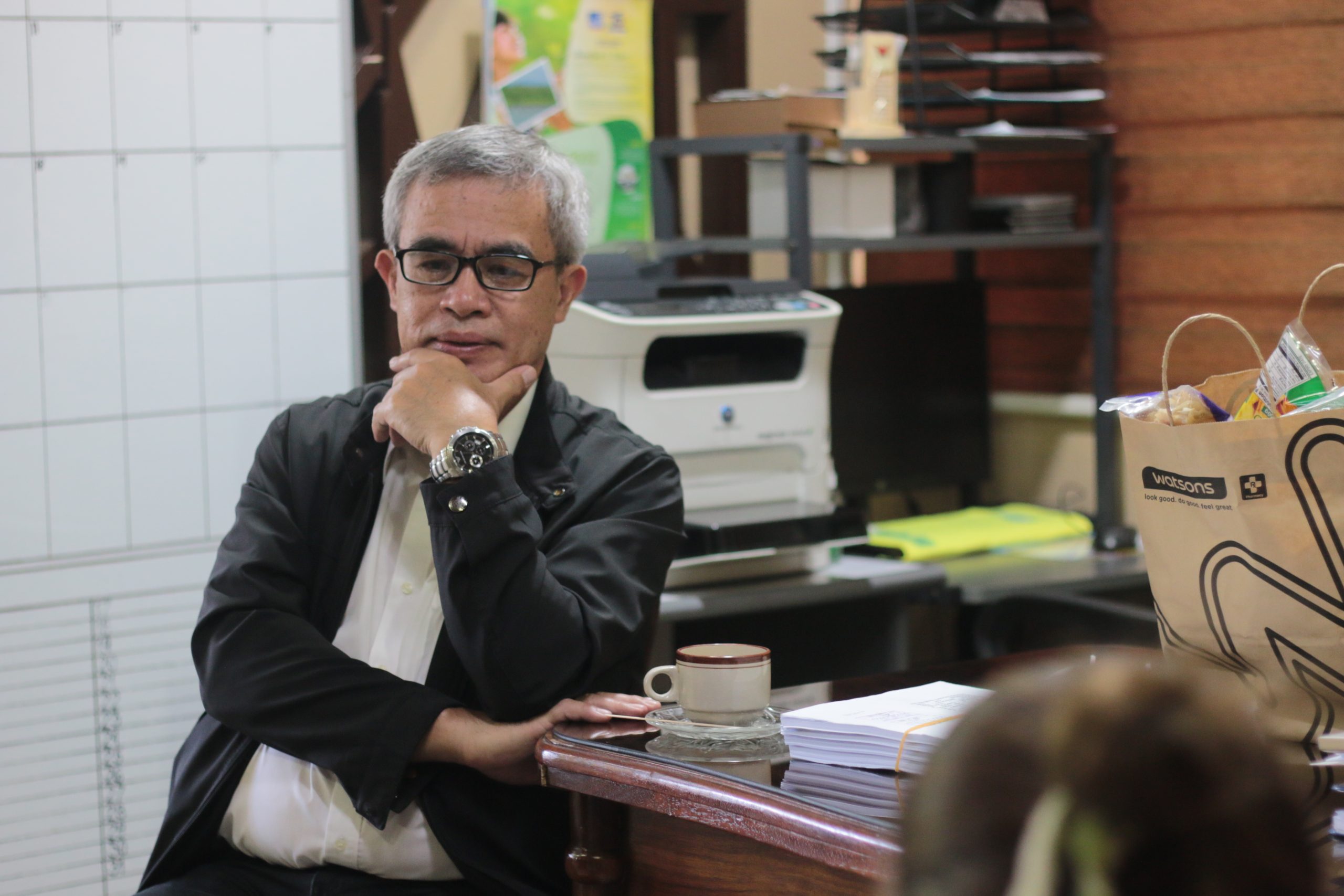
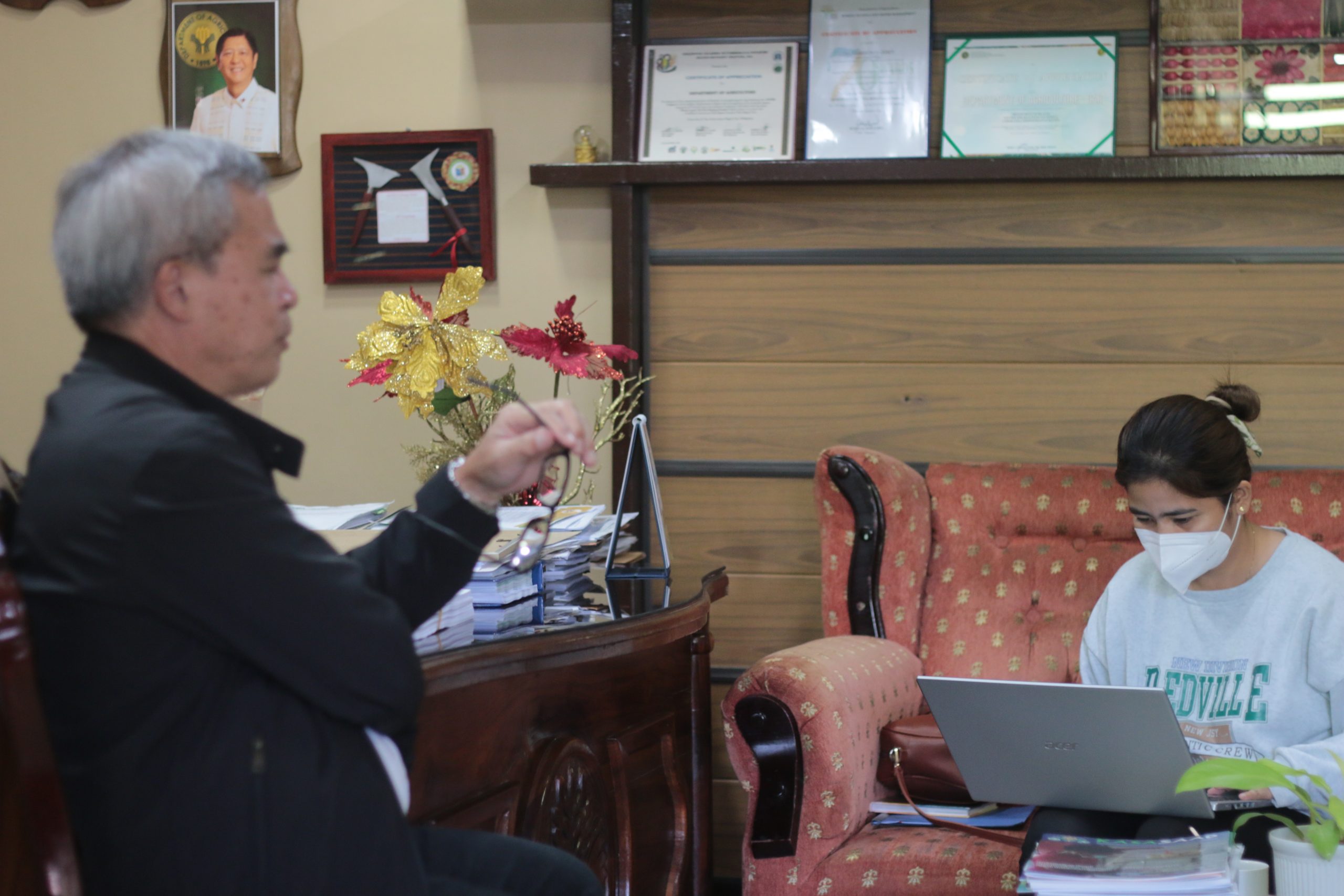
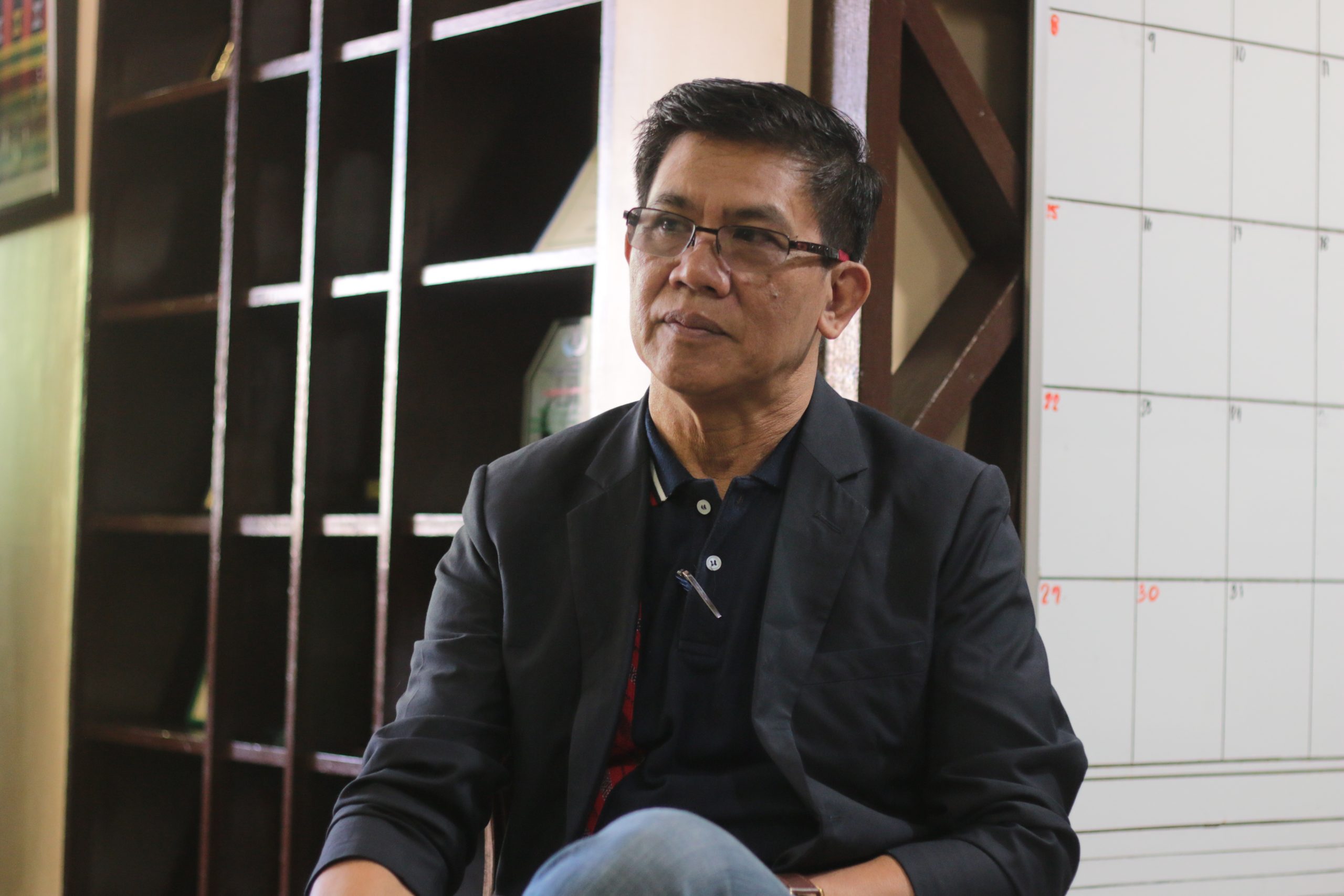
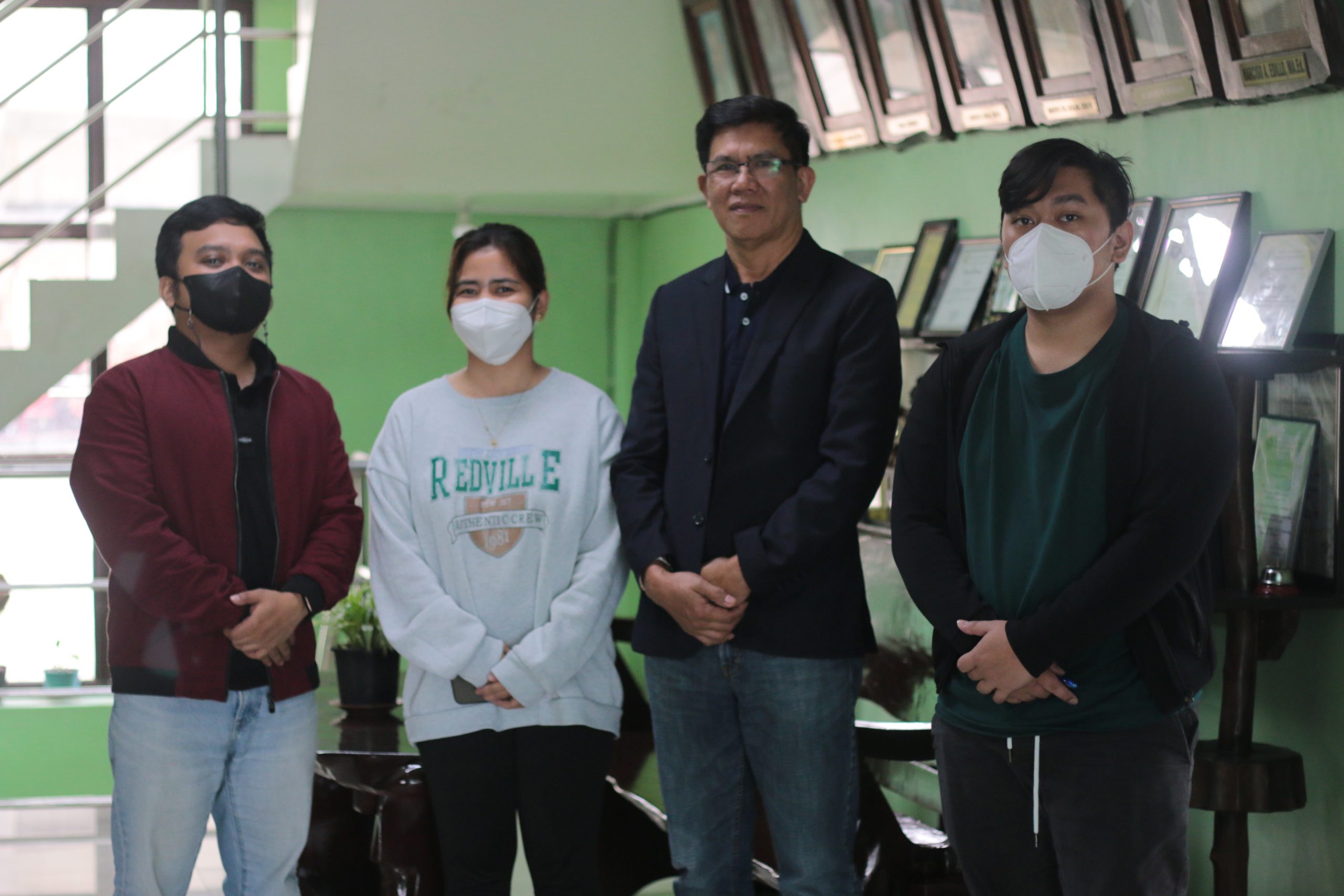

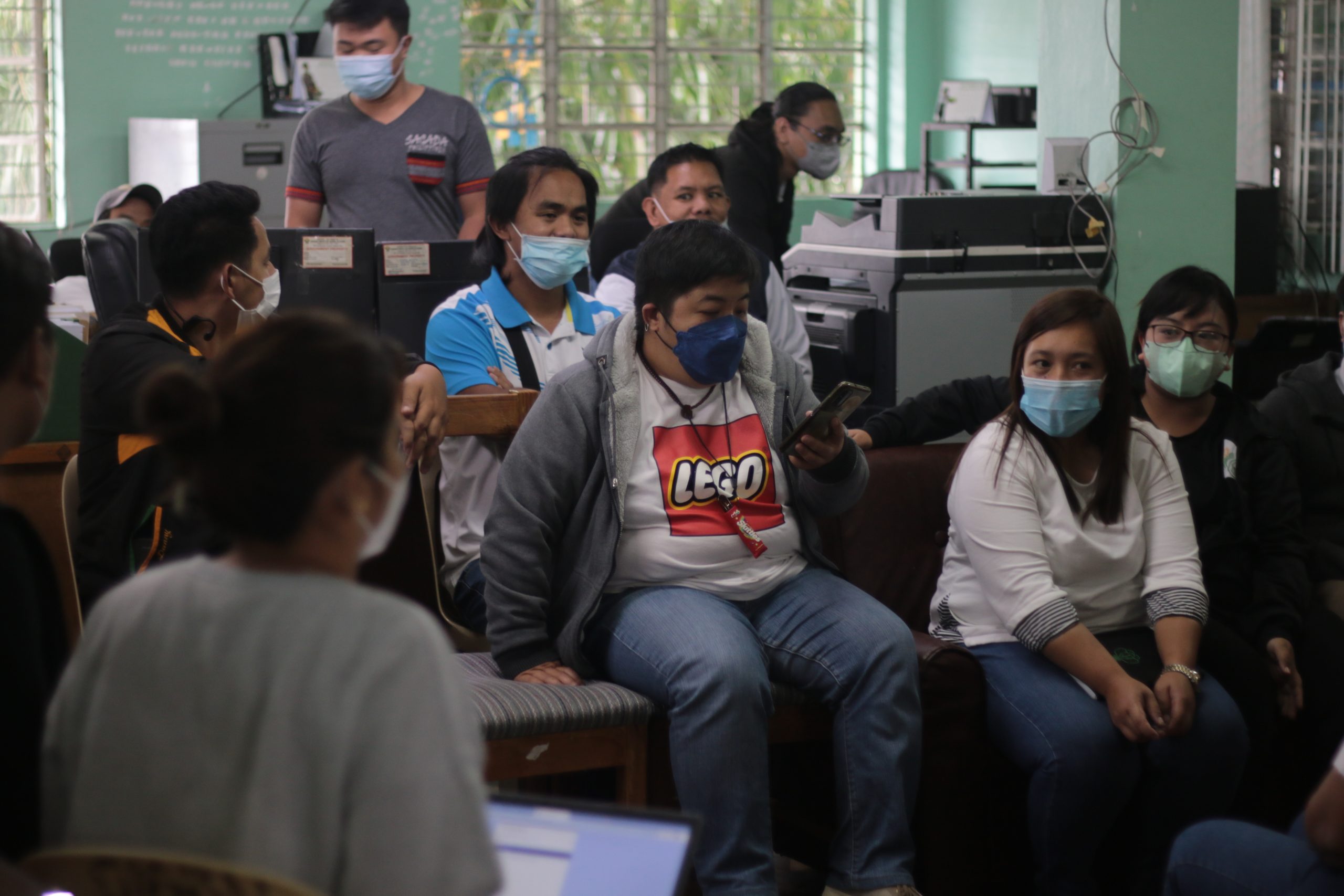
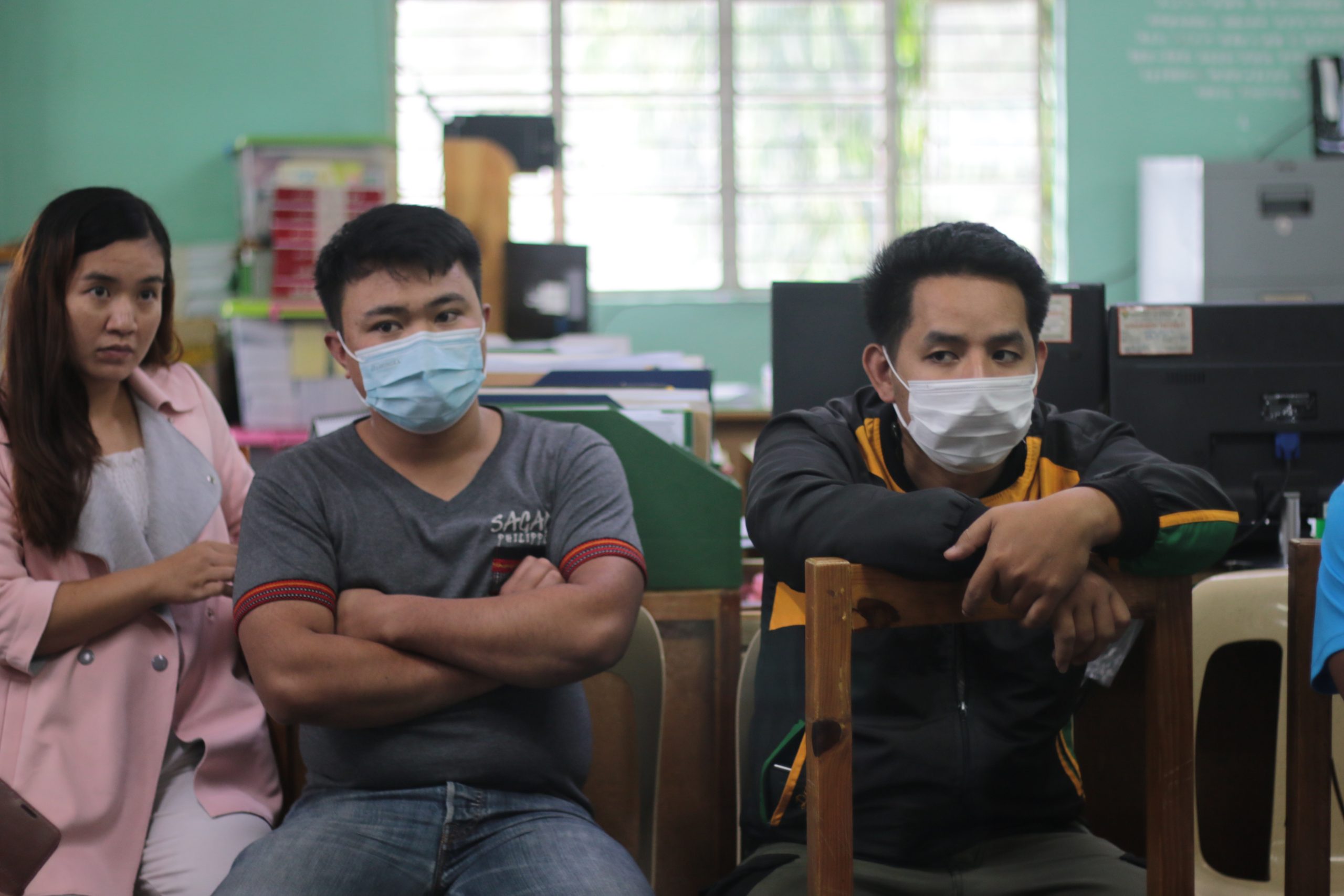
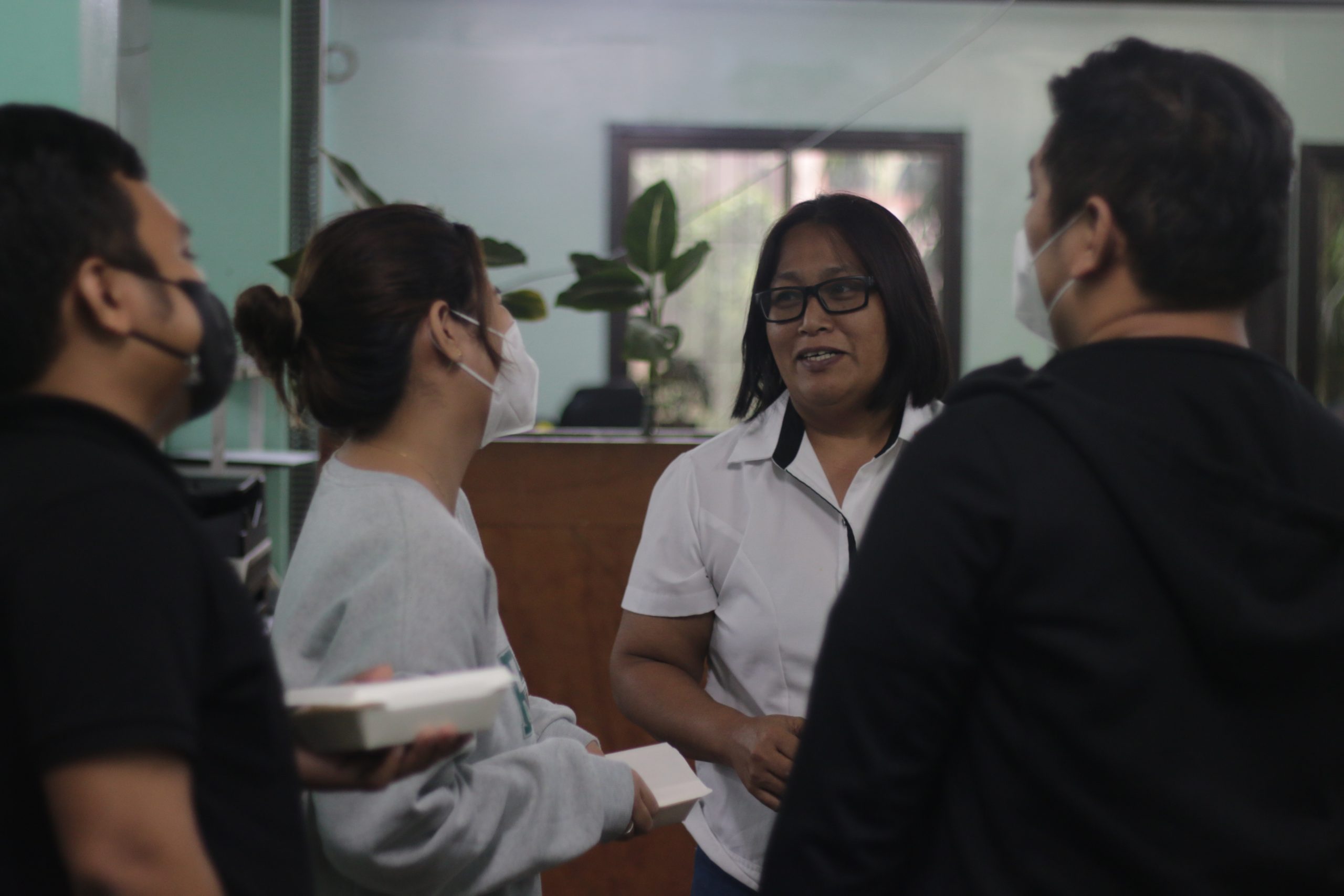
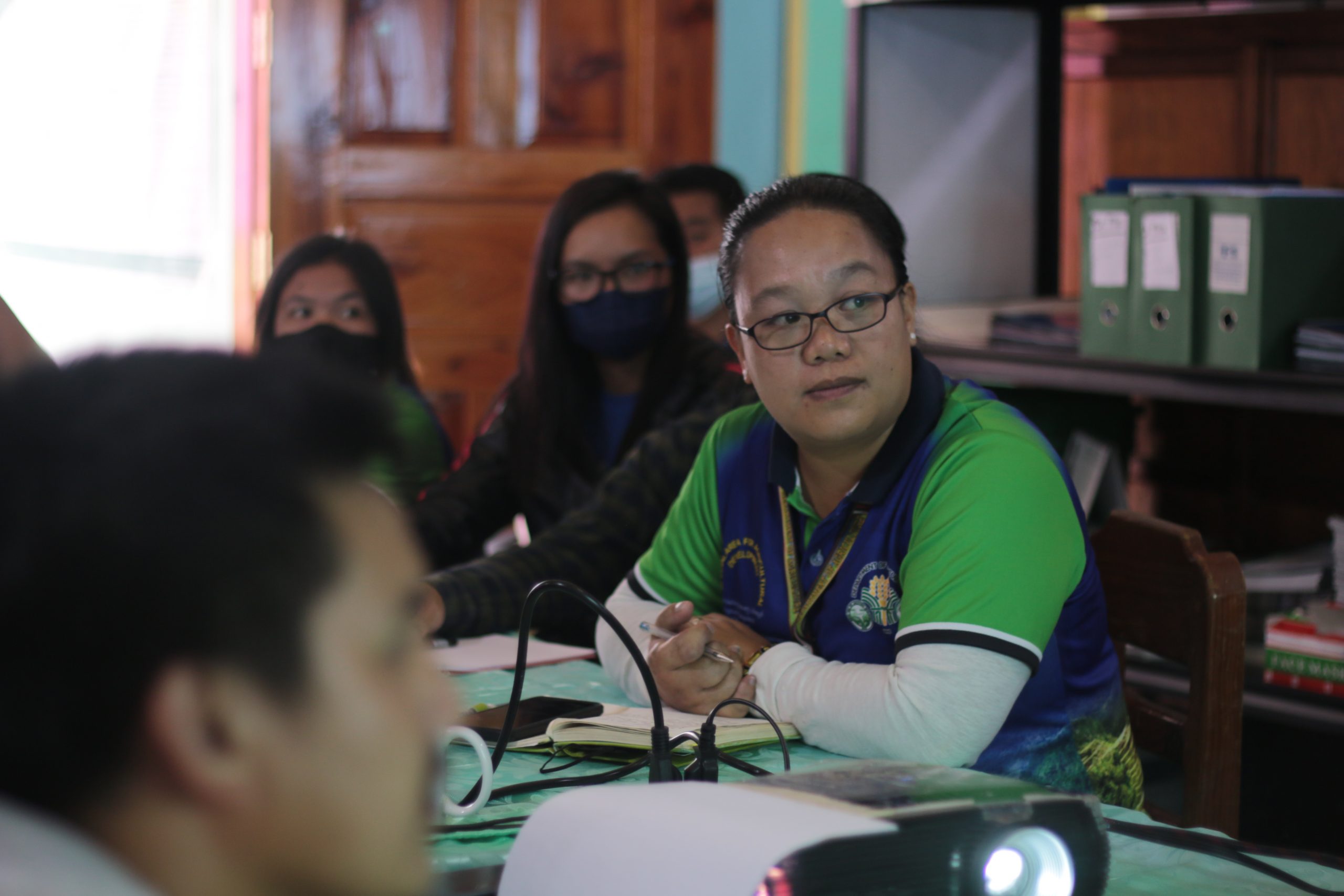
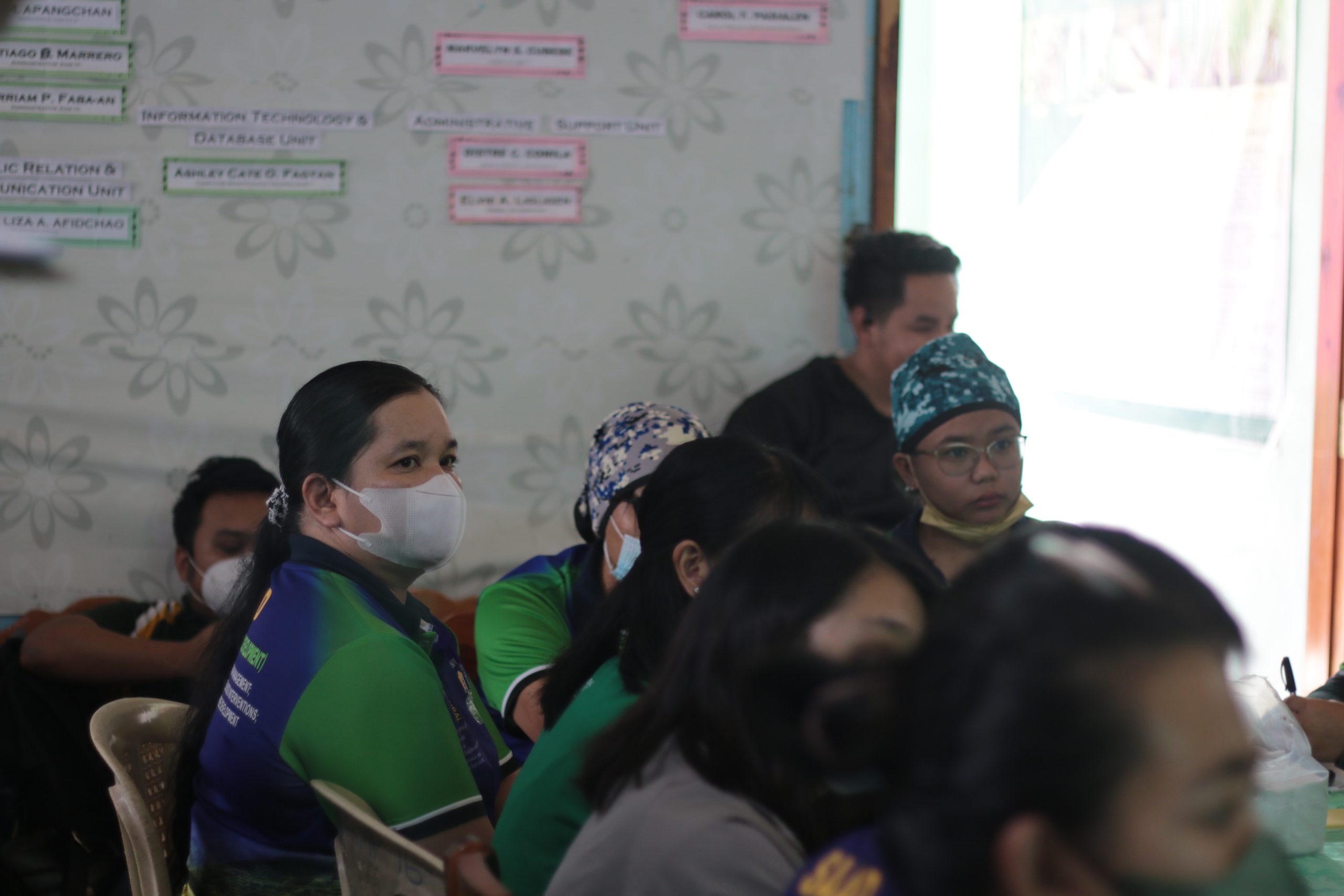
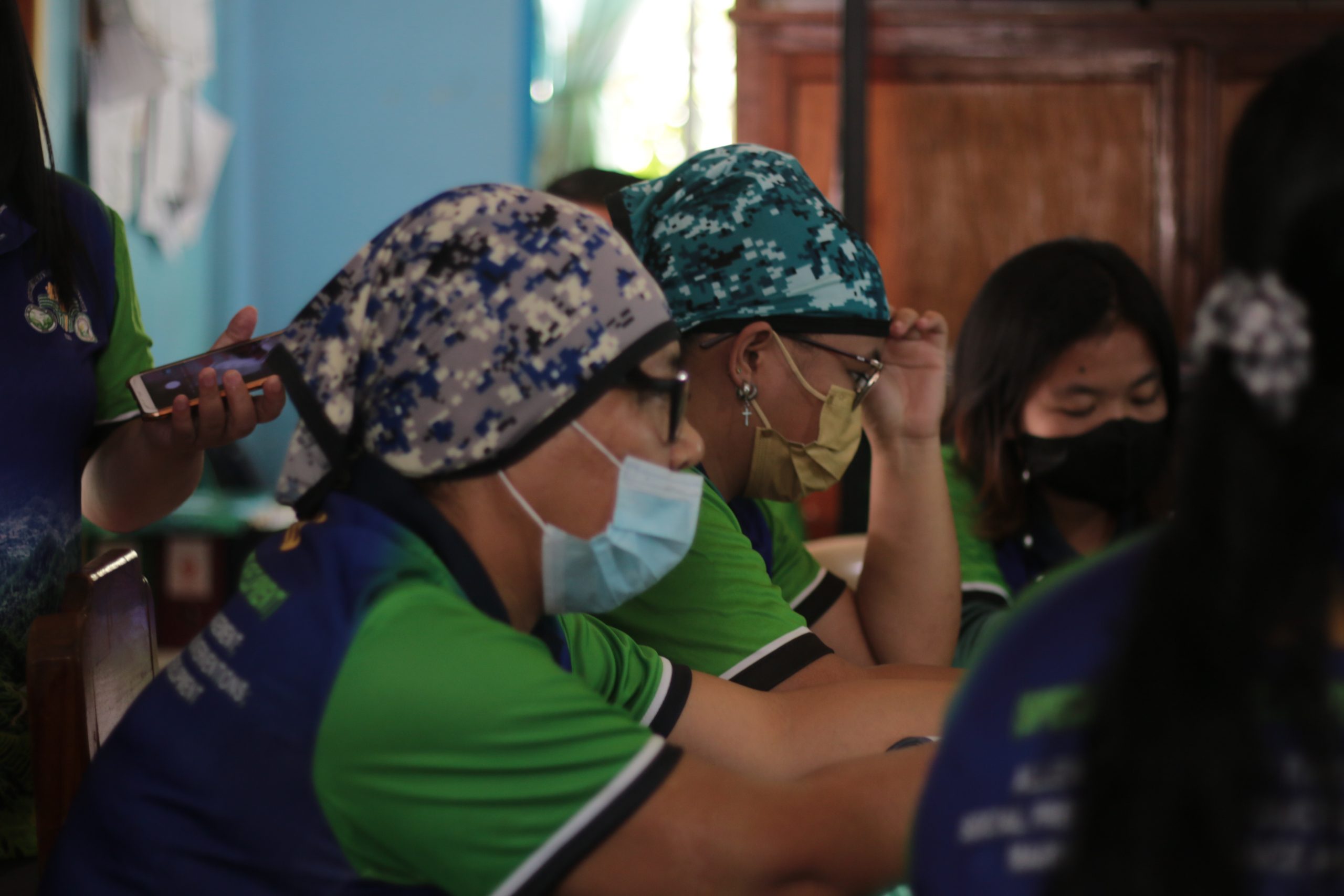

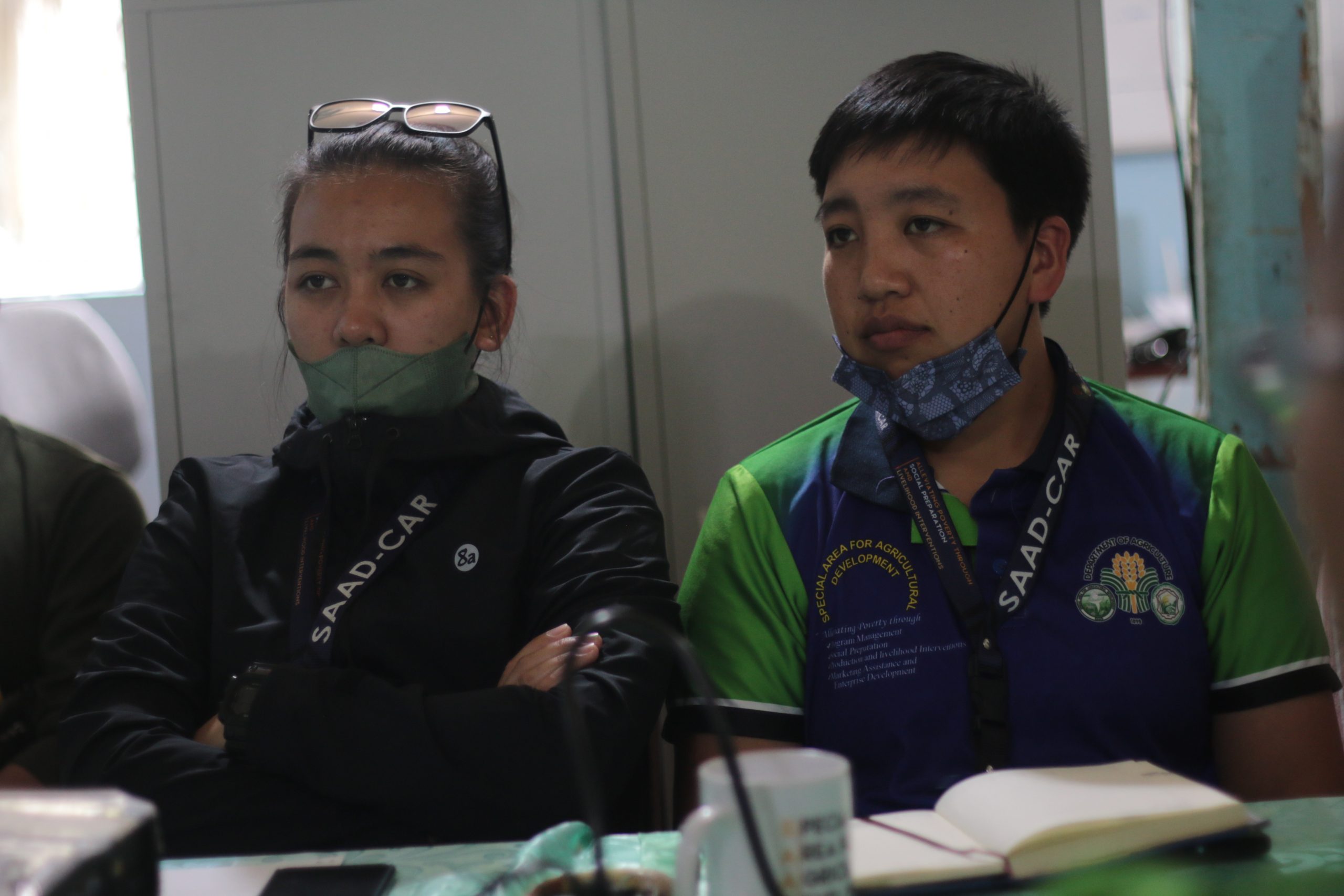
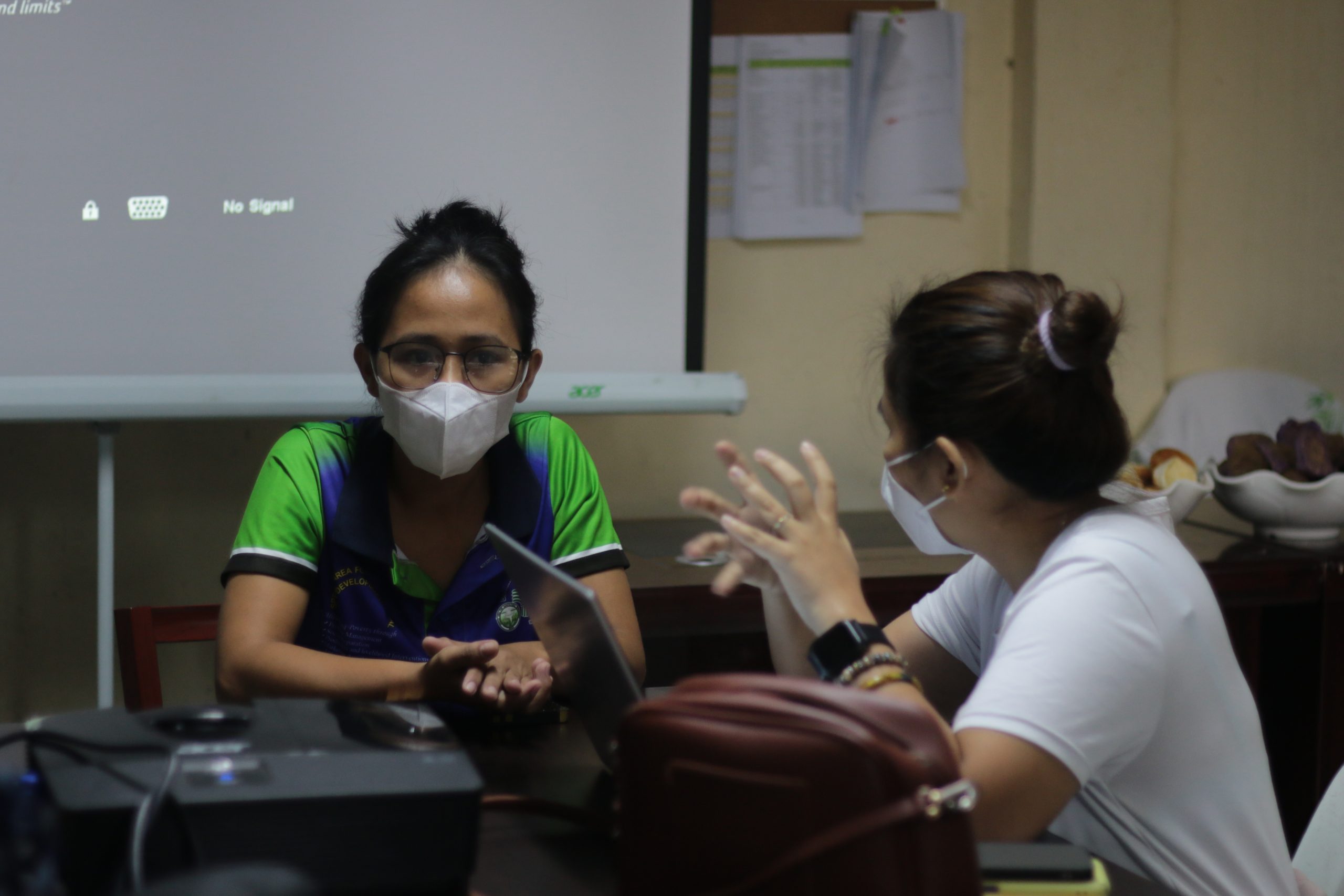

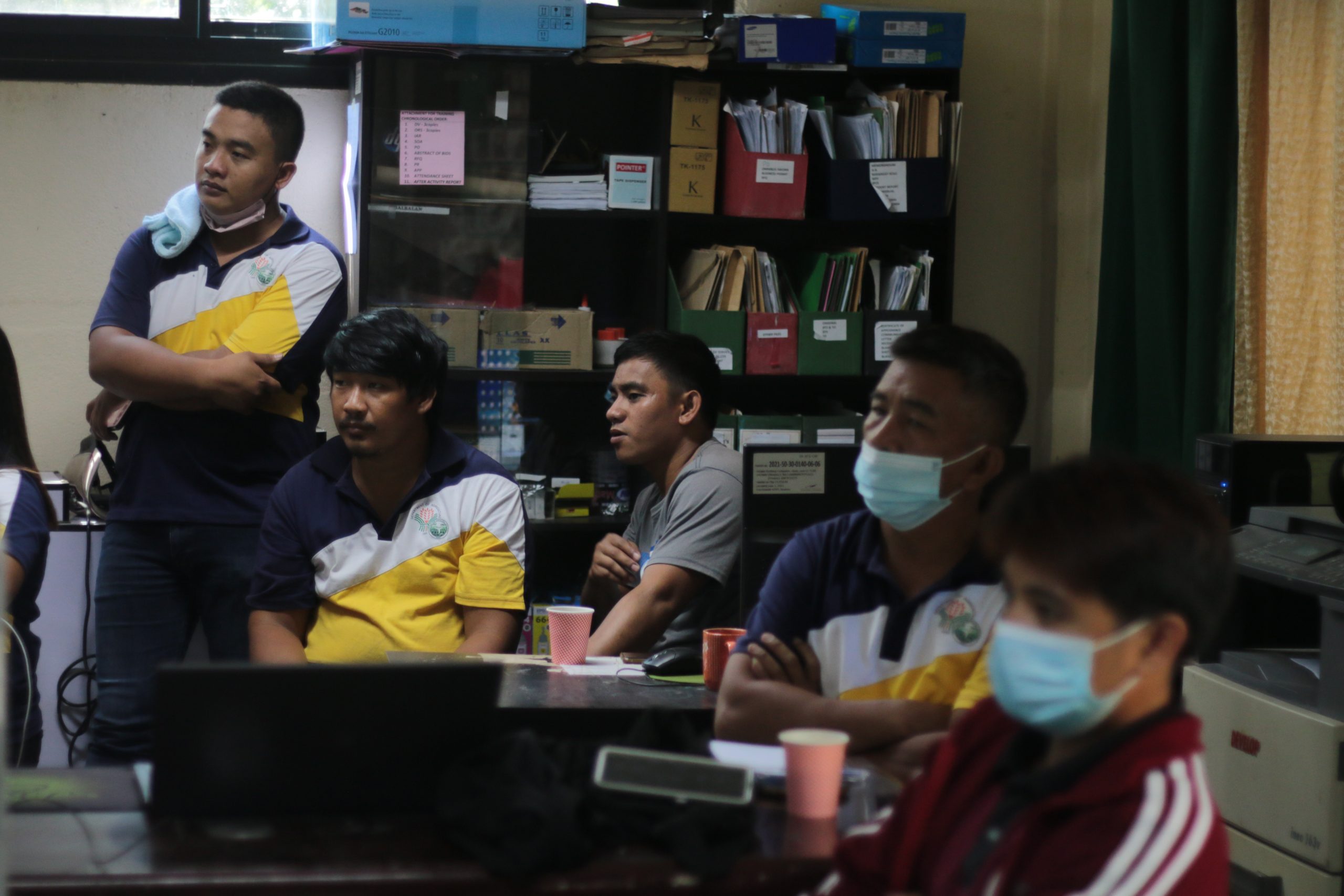
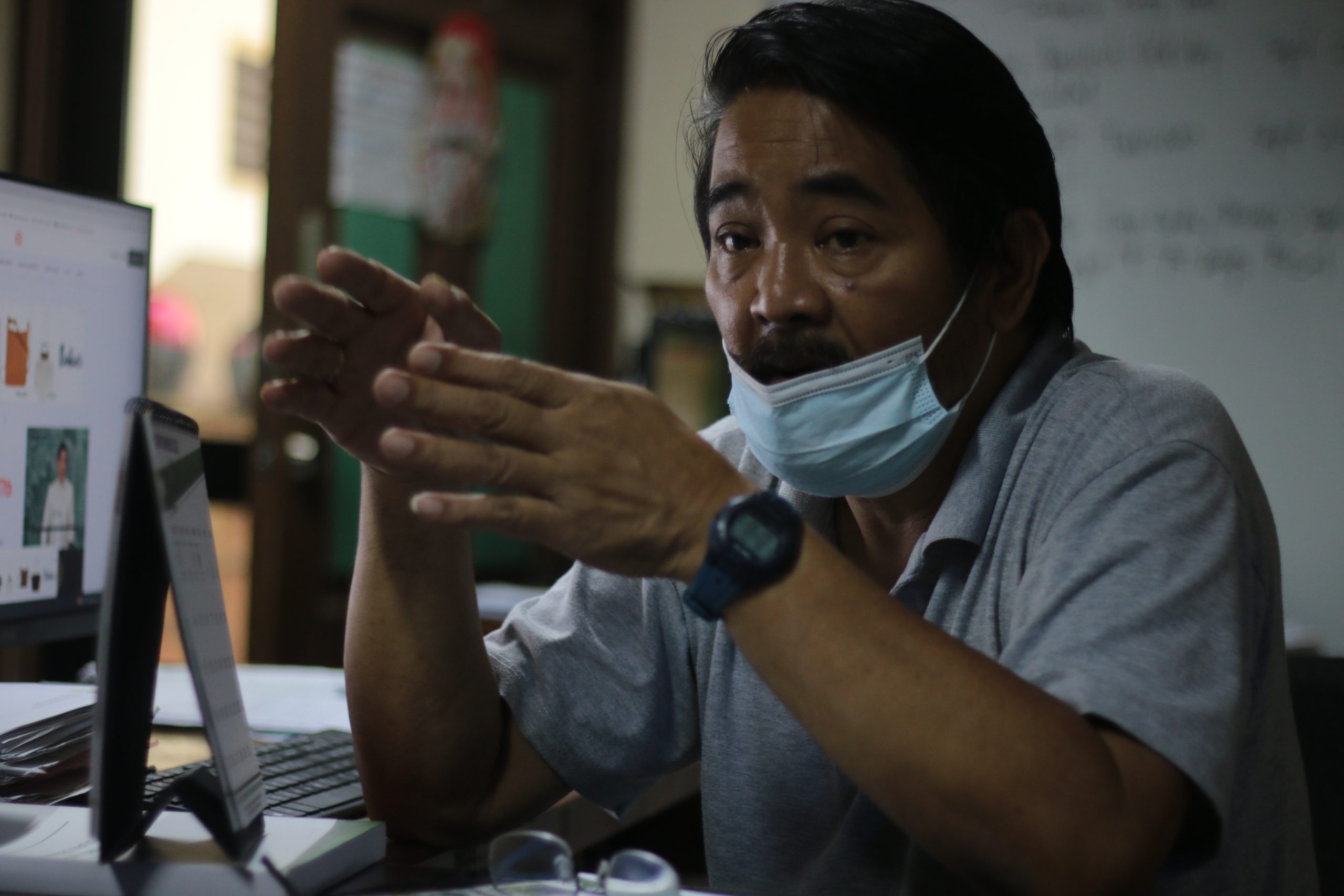
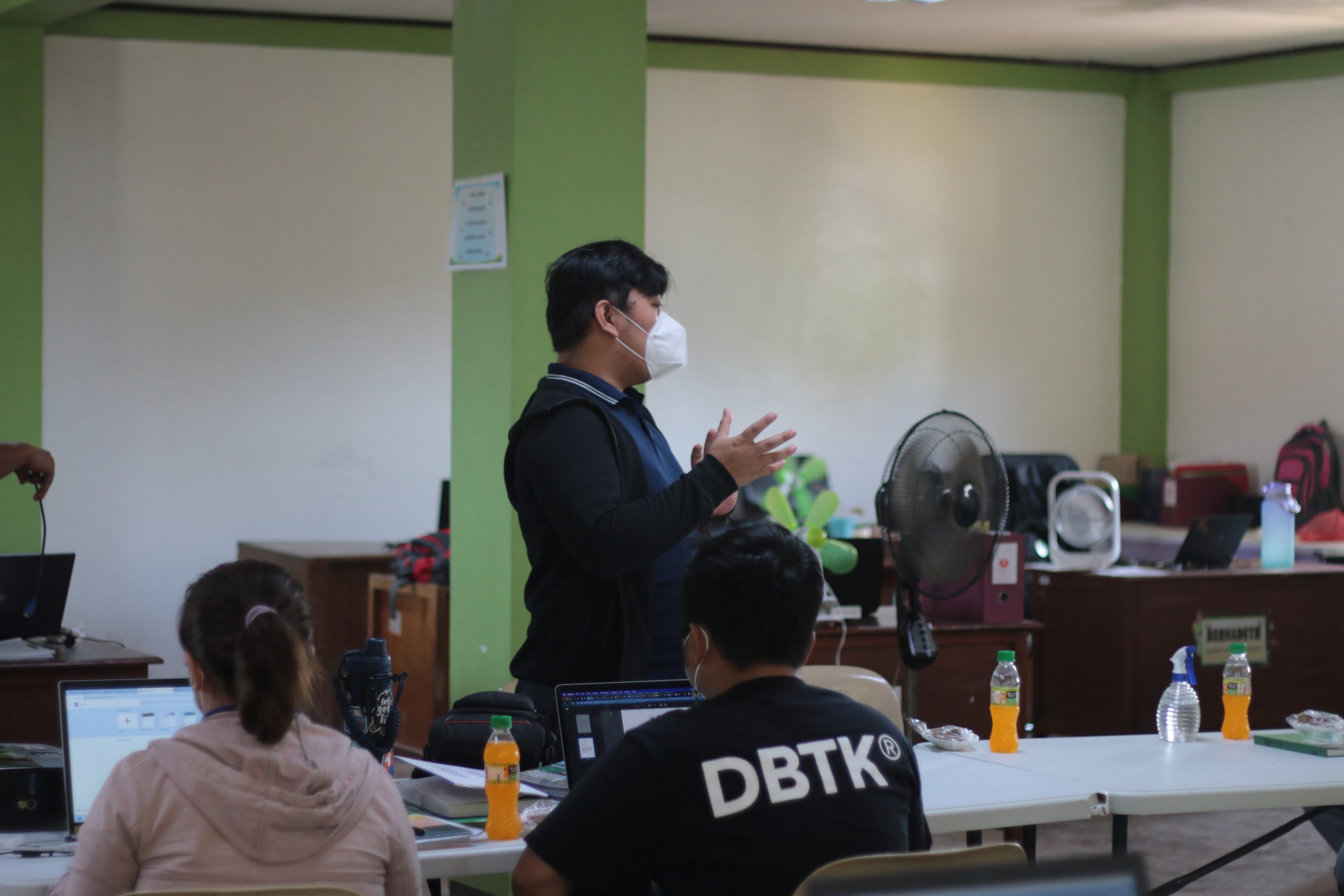
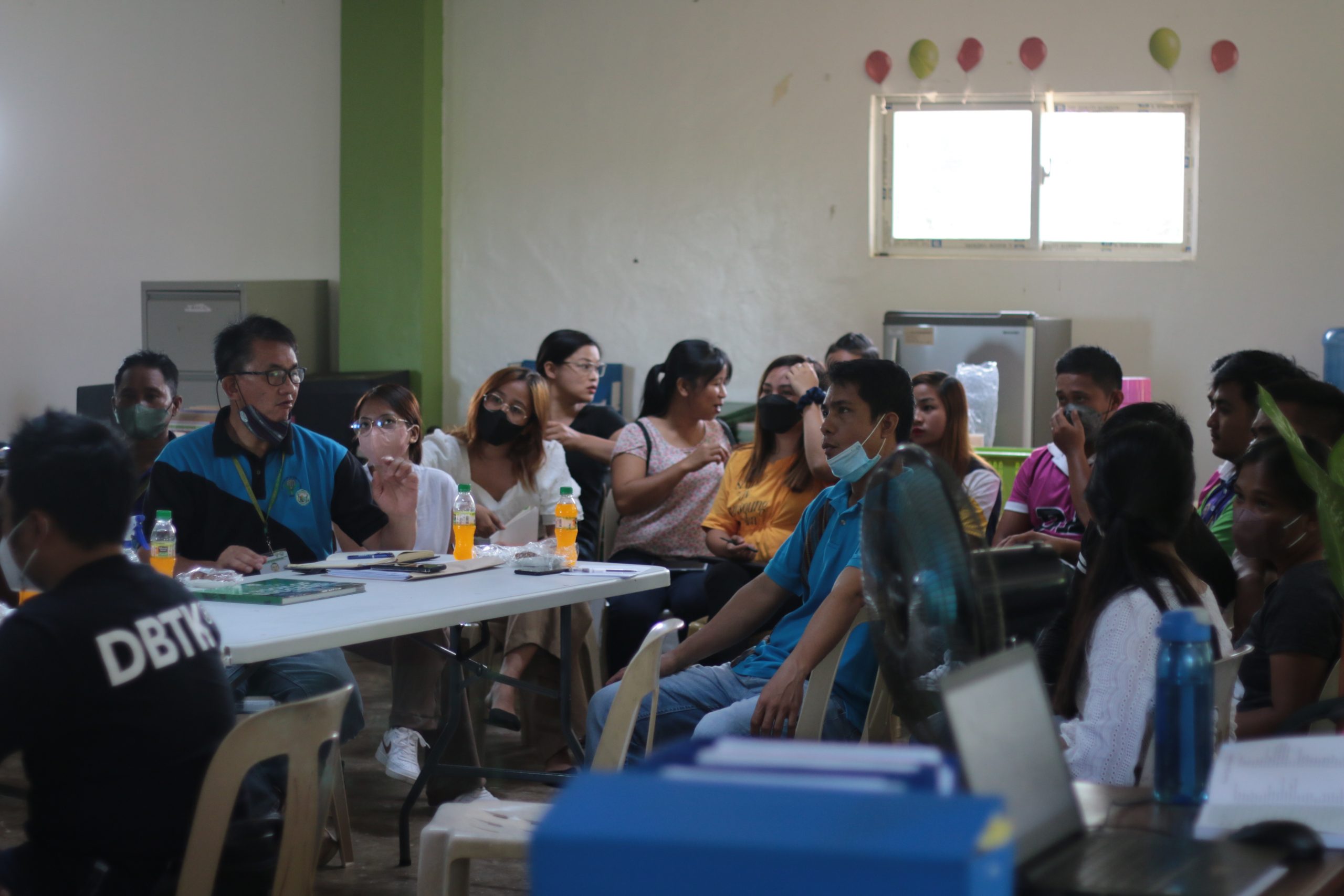
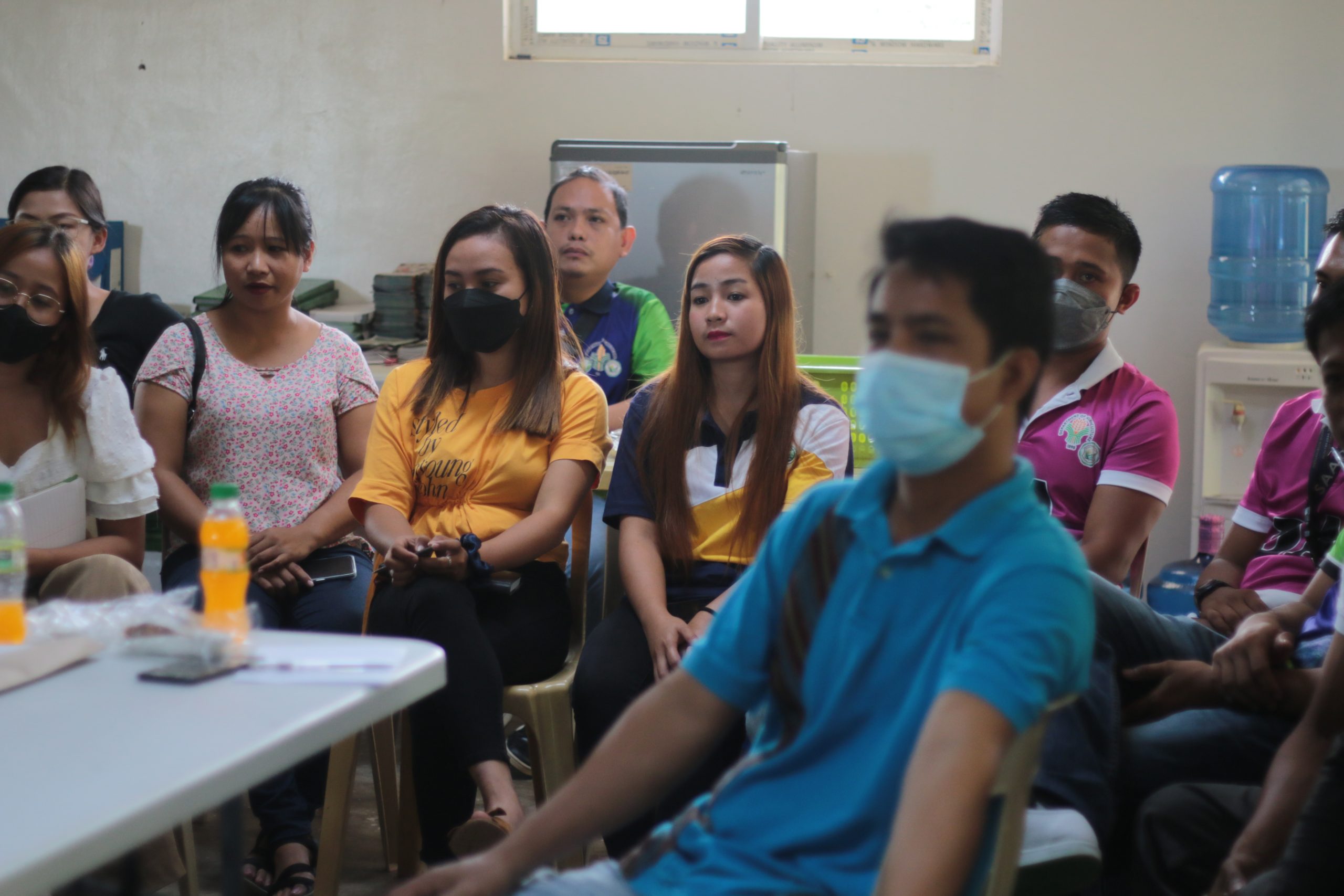
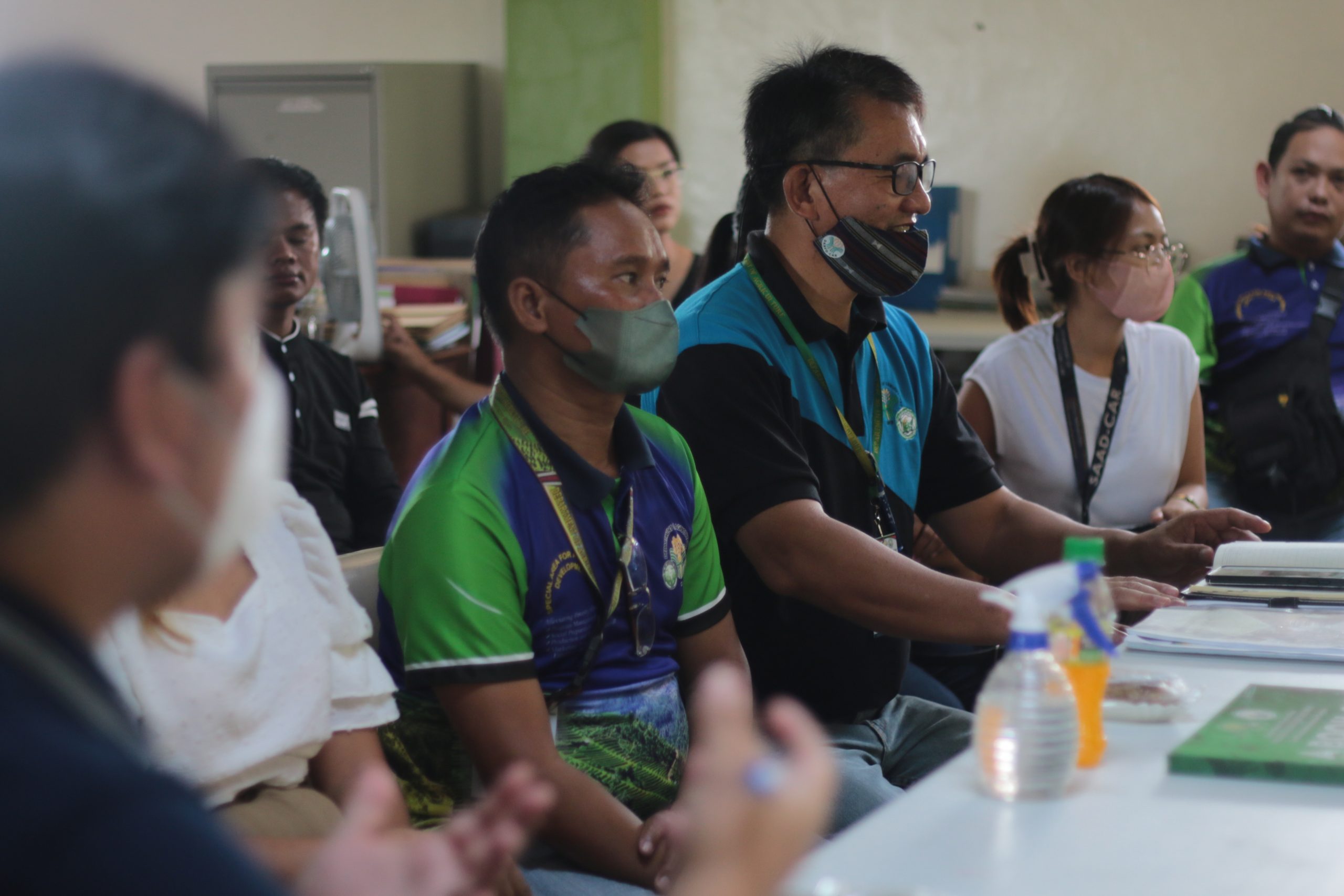
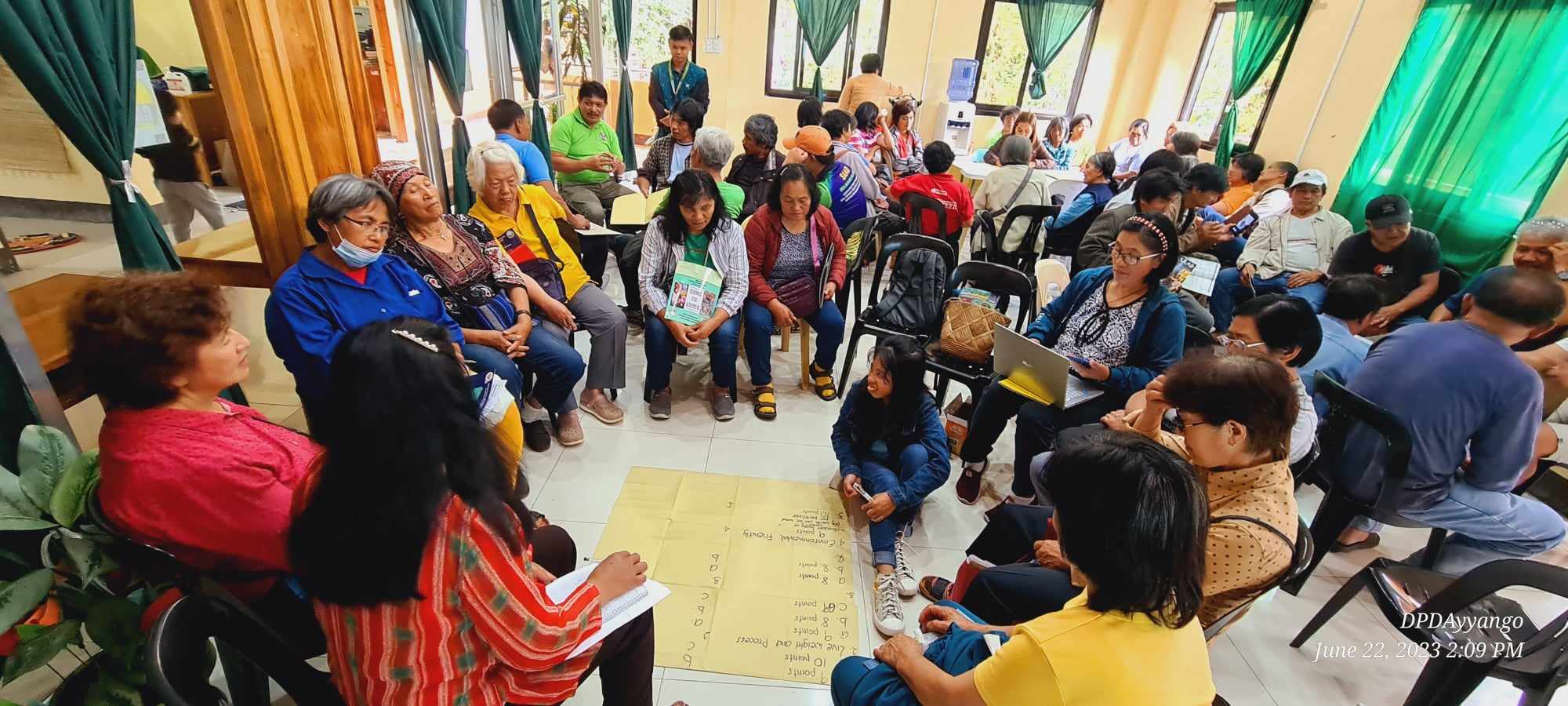
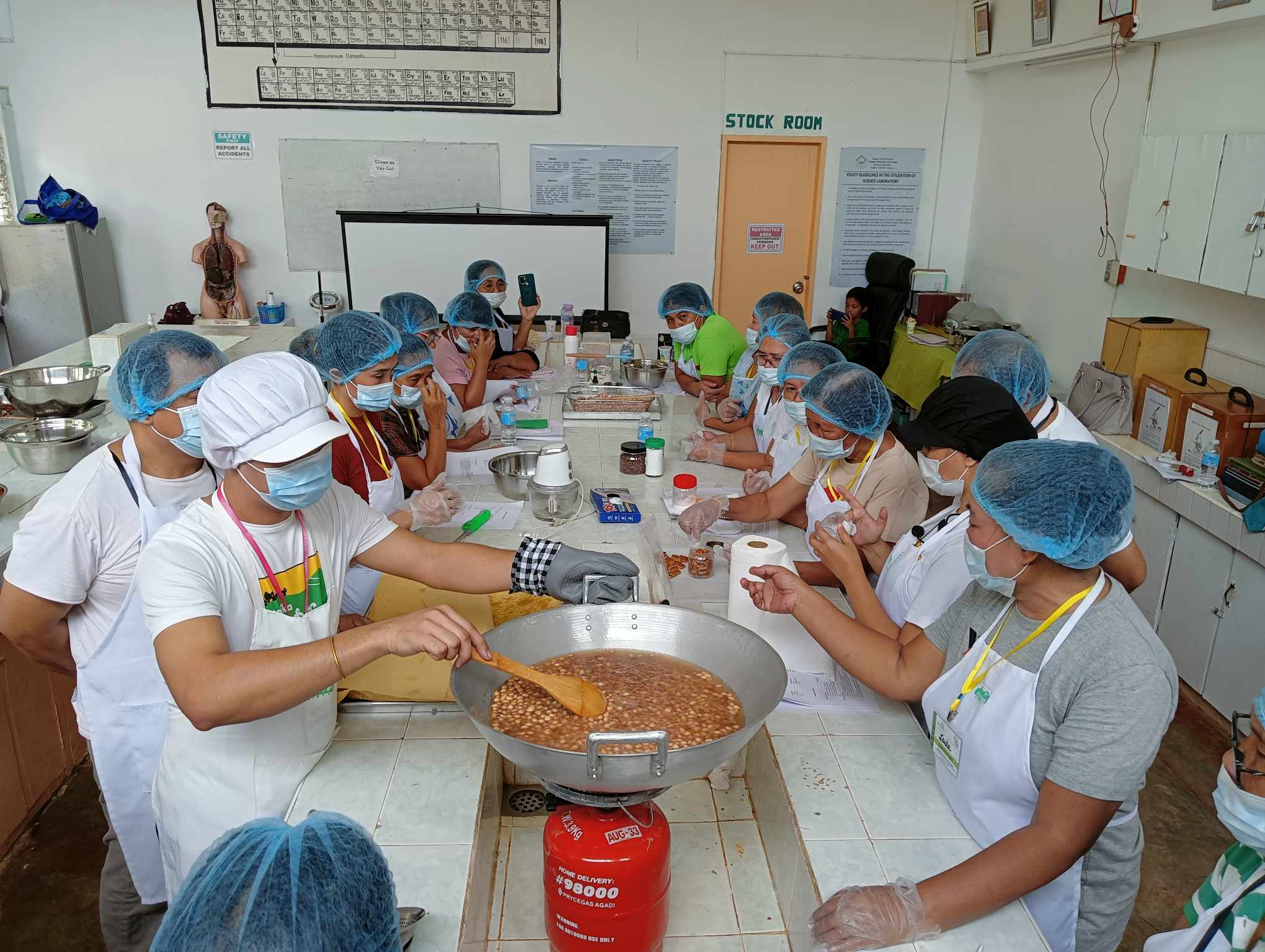
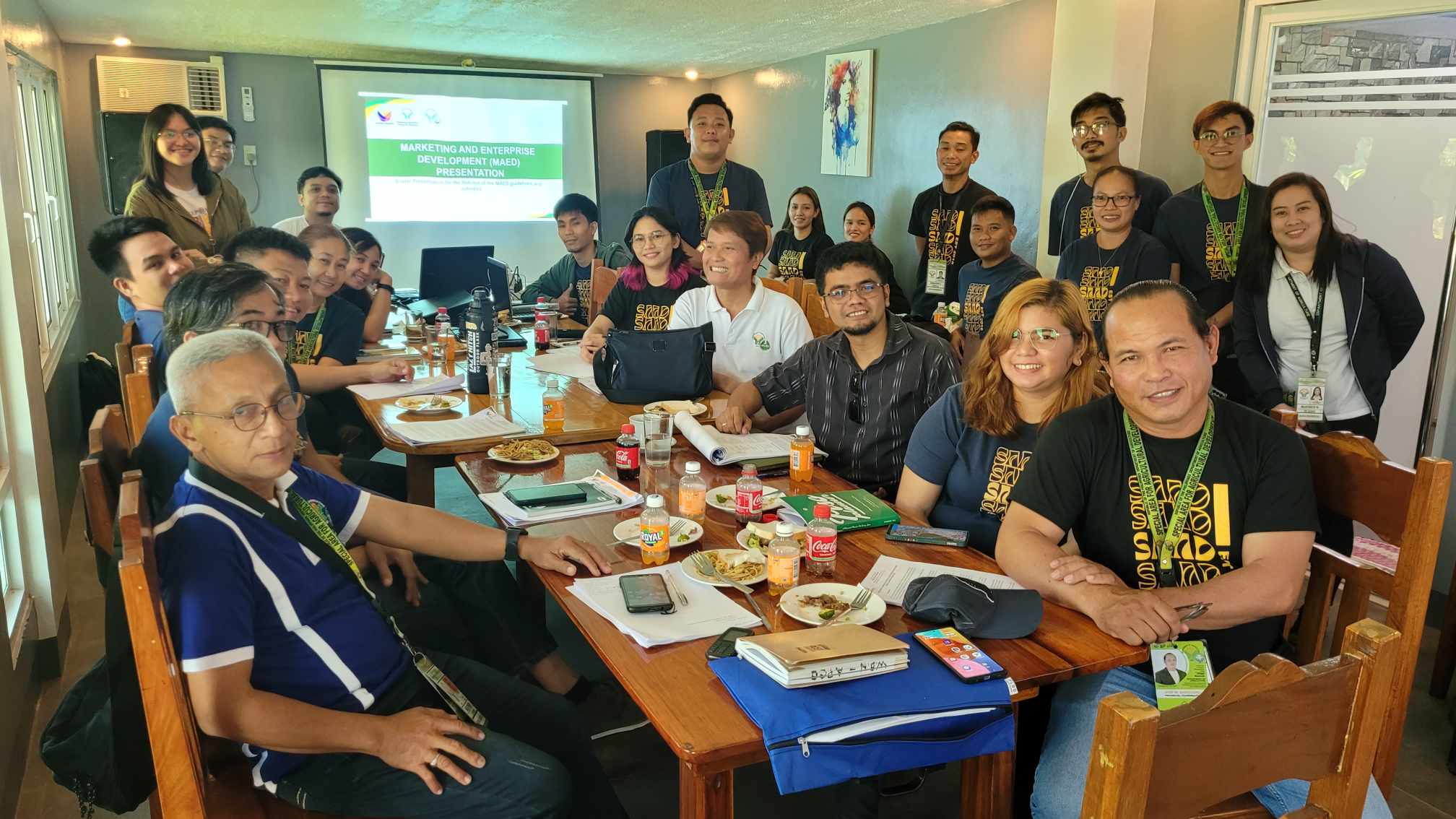
This Post Has 0 Comments